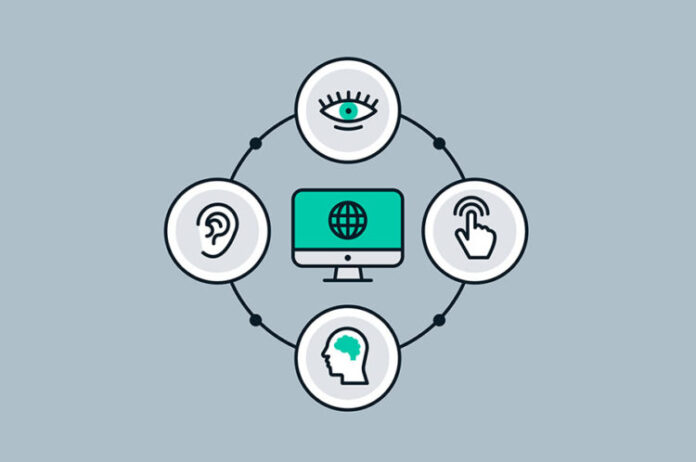Ellysse Dick
AR/VR can make important contributions to equity and inclusion if it is designed with these goals in mind. It can serve as a tool to help tackle implicit biases, improve access to opportunities, and create new channels for communication, community, and collaboration across distances.
“because immersive experiences place the user in partially or fully virtual environments, they can manipulate and tailor these to their individual needs, making these technologies more inclusive for a wider set of users.”
KEY TAKEAWAYS
- AR/VR technologies, due to their highly adaptable and immersive nature, are uniquely positioned to reduce barriers and create opportunities for marginalized groups and underserved communities.
- Despite evident benefits, AR/VR is not a silver-bullet solution to equity and inclusion challenges. Further research is needed to better understand the efficacy of these tools, particularly for empathy and bias training.
- As AR/VR technologies continue to evolve, so do new approaches to enrich the overall user experience.
- Some AR/VR assist low-vision users in navigating physical space, such as by overlaying virtual visual aids on their surroundings or digitally enhancing images in real-time.
- Wearable AR devices will provide all users with rich information about their surroundings through visual as well as auditory output.
“immersive technologies are uniquely positioned to overcome the limitations of physical space to create more accessible, equitable experiences.”




